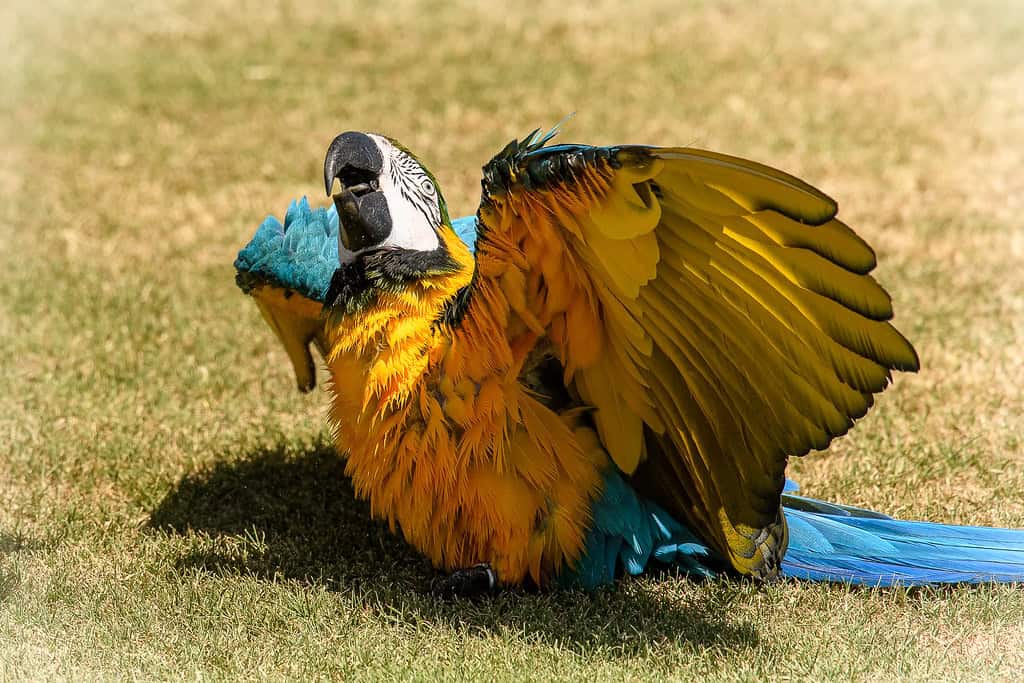When we think of dancing, we typically imagine humans moving to the rhythm of music in clubs, concerts, or even in our living rooms. However, the animal kingdom also hosts some remarkable dancers – particularly parrots. These colorful birds don’t just randomly bob and weave; research shows they genuinely respond to music they prefer, displaying rhythmic movements that synchronize with beats and tempos. This fascinating behavior bridges the gap between human and animal experiences, offering insights into how music perception may have evolved across species. In this article, we’ll explore the science behind parrot dancing, what music gets their feathers shaking, and why this behavior matters beyond just entertaining YouTube videos.
The Science Behind Parrot Dancing
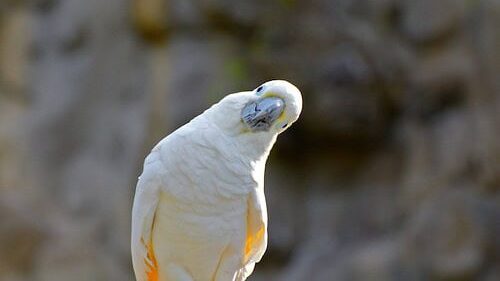
The phenomenon of parrots dancing isn’t just anthropomorphism or wishful thinking by pet owners – it’s backed by scientific research. In groundbreaking studies, particularly those conducted by neuroscientist Dr. Aniruddh Patel with a sulphur-crested cockatoo named Snowball, researchers discovered that some parrots possess a genuine ability to perceive and move to musical rhythm. This capacity for entrainment – synchronizing movement to an external beat – was previously thought to be uniquely human. What makes this remarkable is that parrots can adjust their movements when the tempo changes, demonstrating true comprehension of rhythm rather than just mimicry. This ability appears linked to vocal learning pathways in the brain, suggesting an evolutionary connection between the capacity for speech/song learning and rhythmic movement coordination.
Musical Preferences in Parrots
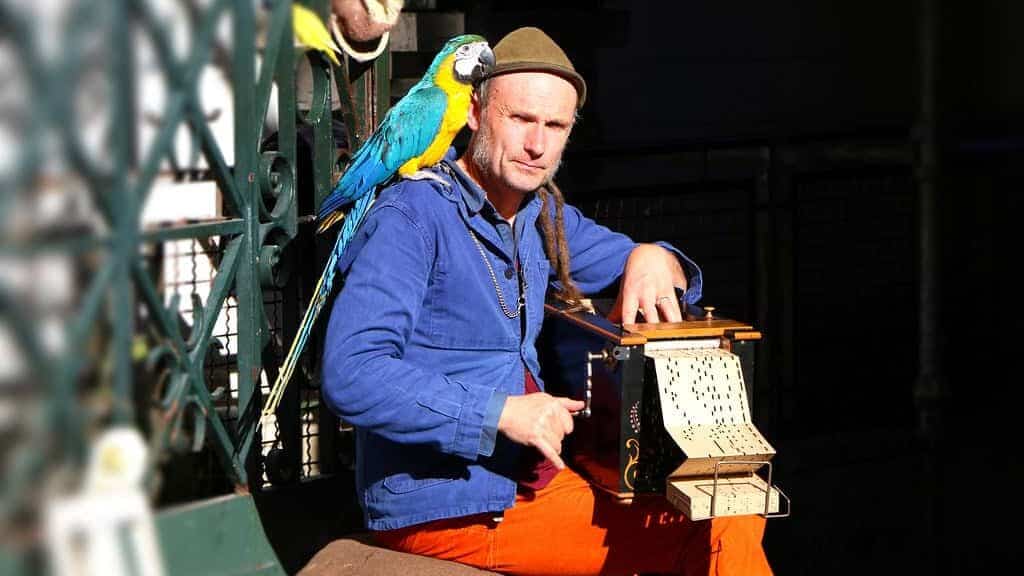
Parrots don’t just dance to any music – they show clear preferences. Research indicates that these birds respond most enthusiastically to music with strong, predictable beats and mid-range tempos (around 120-140 beats per minute). Many parrots seem particularly drawn to pop, rock, and folk music with prominent percussion and consistent rhythmic patterns. Interestingly, classical music typically elicits less dancing, possibly because of its more complex and variable rhythmic structures. Individual birds often develop specific preferences, with some favoring particular genres or even specific songs. This selective response demonstrates that parrots aren’t merely reacting to sound but are making aesthetic distinctions based on musical features they find appealing or stimulating.
Famous Dancing Parrots
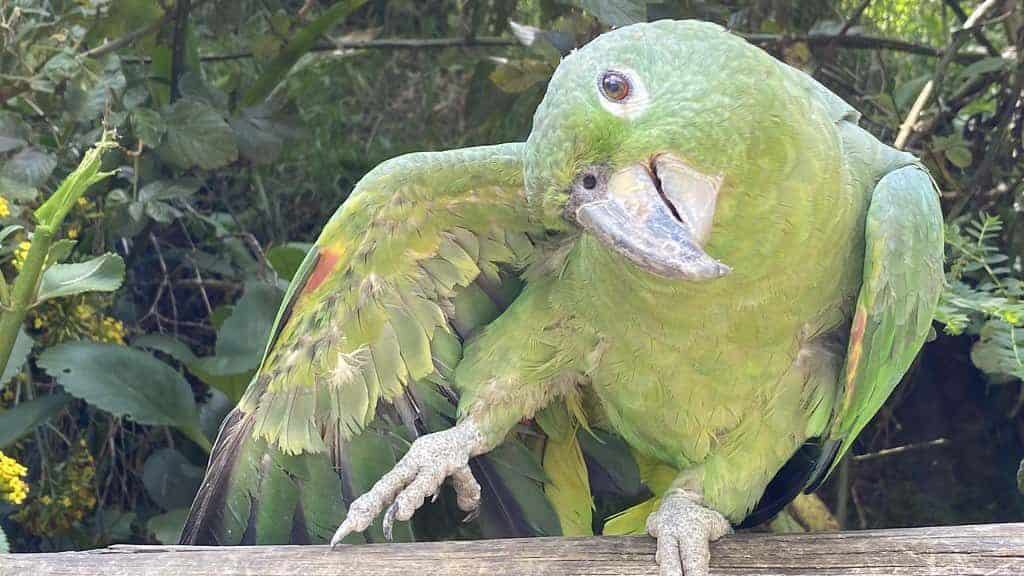
Several parrots have achieved internet fame for their exceptional dancing abilities. Perhaps the most renowned is Snowball, the sulphur-crested cockatoo who rose to YouTube stardom with his synchronized dancing to Backstreet Boys’ “Everybody.” Snowball’s abilities became the subject of serious scientific study, leading to publications in prestigious journals like Current Biology. Other notable dancing birds include Frostie the cockatoo, known for headbanging to Ray Charles, and Tico the double yellow-headed Amazon parrot, who “jams” alongside his guitarist owner. These celebrity birds have done more than entertain millions; they’ve helped legitimize the scientific investigation of animal musicality and brought attention to the cognitive capabilities of birds. Their popularity has also raised awareness about parrot conservation and welfare issues.
The Role of Vocal Learning
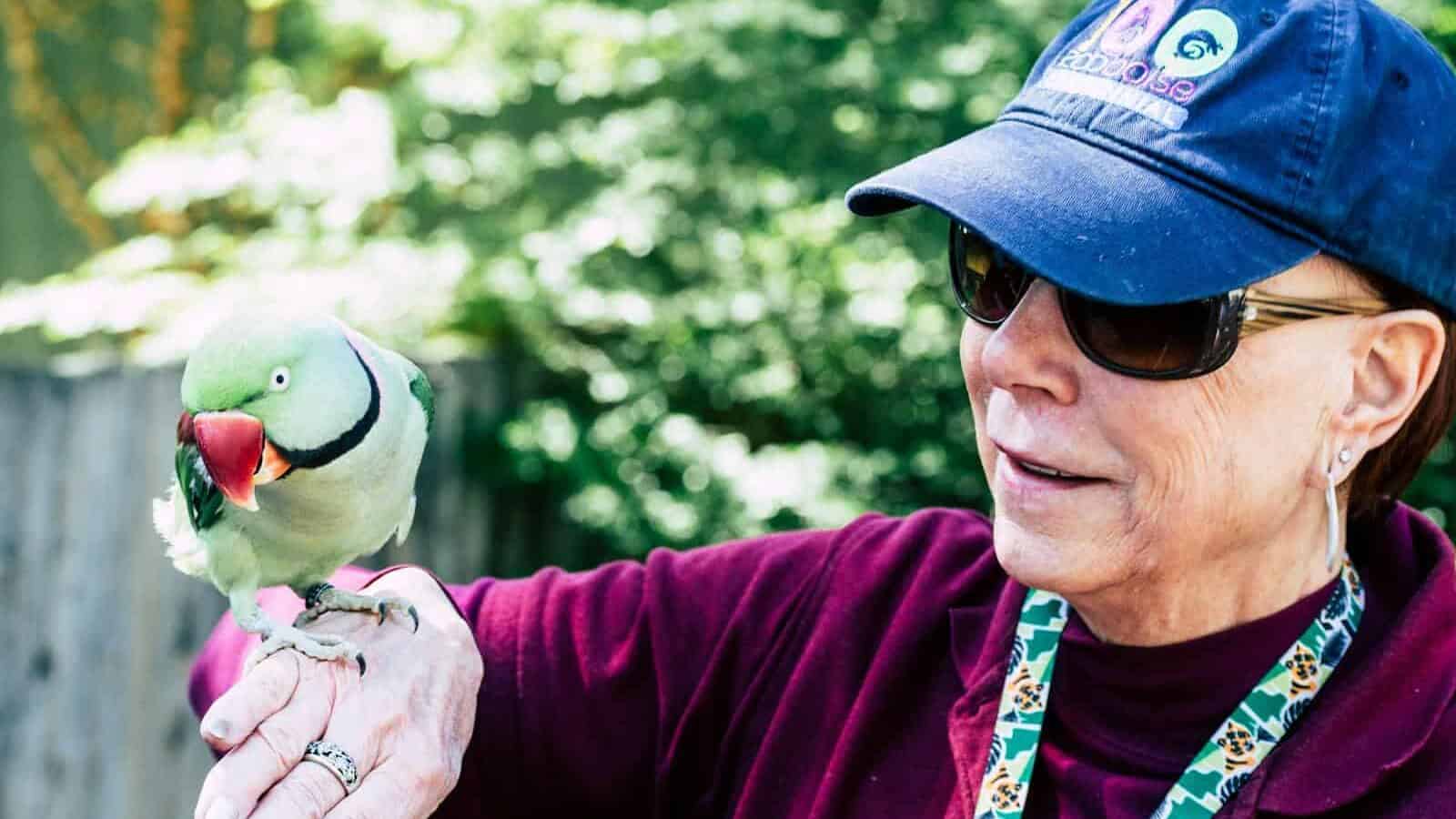
Scientists believe the connection between dancing and parrot biology lies in their status as vocal learners. Parrots, along with humans, elephants, some cetaceans, pinnipeds, and bats, are among the few animals capable of vocal learning – the ability to modify vocalizations based on auditory feedback. This capacity requires specialized neural pathways that create connections between auditory processing and motor control. The same brain circuits that allow parrots to mimic human speech and other sounds may enable them to synchronize movements with music. This theory, known as the “vocal learning and rhythmic synchronization hypothesis,” suggests that the neural infrastructure for processing complex sounds and reproducing them evolved alongside the ability to coordinate body movements with external rhythms. The fact that most non-vocal-learning animals cannot dance to a beat supports this connection.
Social Aspects of Parrot Dancing
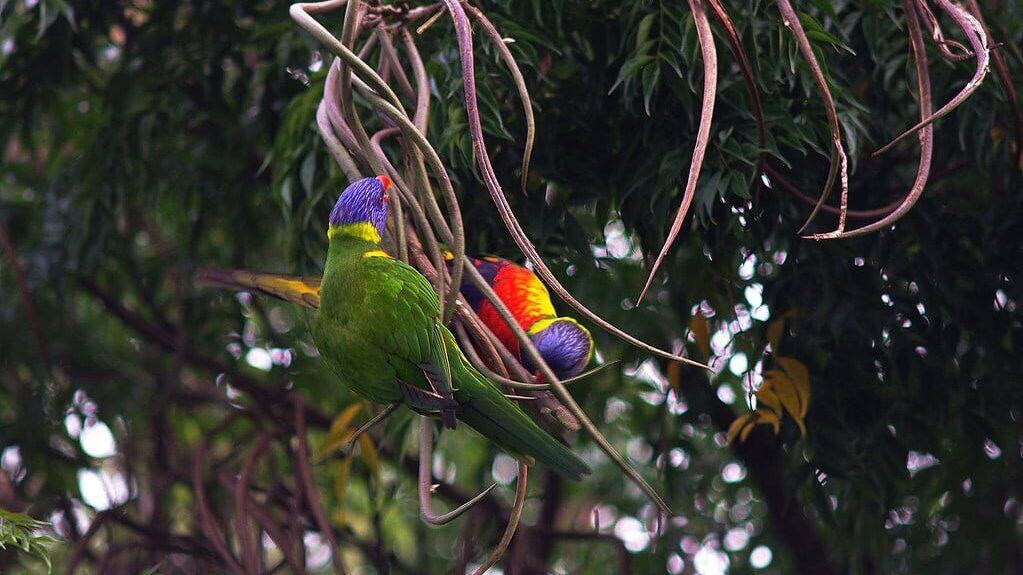
Dancing in parrots often has a strong social component. In the wild, many parrot species engage in synchronized movements during courtship or group bonding. When kept as pets, parrots frequently dance more enthusiastically when their human companions are present, particularly if the humans are also moving to the music or showing approval. This suggests that beyond rhythm perception, parrot dancing may serve a communicative function. Some researchers propose that captive parrots may view dancing as a form of social interaction with humans, especially since the birds often make eye contact while performing their rhythmic movements. For many pet parrots, dancing appears to be a genuine expression of joy and engagement, occurring most often when the birds are in positive emotional states.
Dancing vs. Stereotypic Behaviors
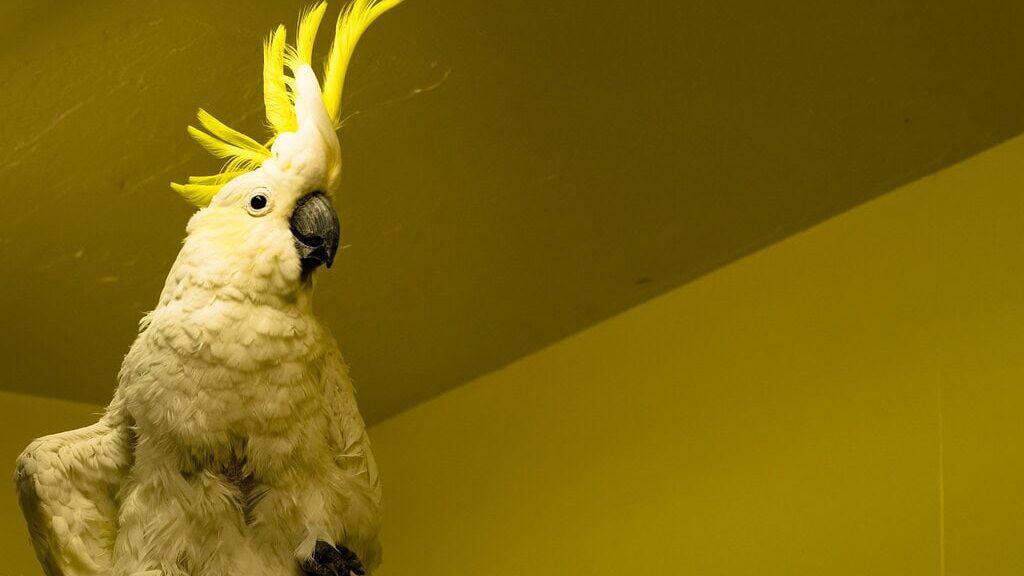
It’s important to distinguish genuine dancing from stereotypic behaviors that might appear similar but have different causes. True dancing in parrots involves varied movements that change in response to musical features and often includes head bobs, foot lifts, wing spreads, and body swaying in coordination with the beat. In contrast, stereotypic behaviors are repetitive, invariant movements that often indicate stress, boredom, or other welfare concerns. These might include constant head swinging, pacing, or repetitive swaying that occurs regardless of musical stimulation. Experienced parrot owners and researchers can typically differentiate between joyful dancing and concerning stereotypies by noting the context, variability of movements, and the bird’s overall demeanor. Healthy dancing is usually accompanied by relaxed body posture, pupil dilation/contraction (pinning), and sometimes vocalizations that suggest positive excitement.
Different Dance Styles Among Parrot Species
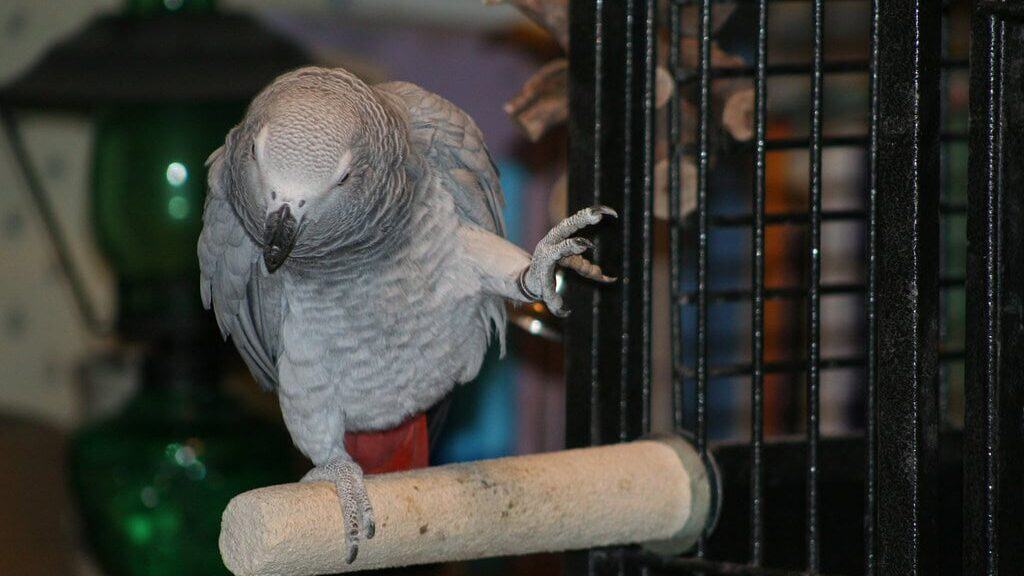
Just as human dancers have various styles, different parrot species tend to exhibit distinctive dance moves. Cockatoos, particularly Moluccan and umbrella cockatoos, are known for elaborate performances involving crest raising, wing spreading, and complex foot movements. African grey parrots often perform more subtle, precise movements with head bobs timed exactly to the beat. Macaws typically incorporate their wings more prominently, sometimes performing what appears to be a rhythmic flapping or stretching. Smaller species like budgerigars and cockatiels may focus on head movements and foot tapping. These species-specific tendencies likely relate to differences in natural behaviors, physical capabilities, and the neural organization of different parrot lineages. Additionally, individual birds within species develop their own signature moves and combinations, reflecting personal style and physical preferences much like human dancers.
How to Encourage Parrot Dancing

If you’re hoping to witness your pet parrot’s dance moves, patience and the right approach are key. Start by observing which music elicits interest – watch for signs of engagement like head tilting, eye pinning, or increased alertness when different songs play. Many parrots respond best to music with consistent beats and moderate tempos, though individual preferences vary widely. Dancing is more likely to emerge when birds feel secure and happy, so create a comfortable environment without pressure or distractions. Parrots are more likely to dance when their humans dance too, so don’t be shy about moving to the music yourself. Never force a bird to “perform,” as this creates stress and diminishes trust. Regular, positive exposure to preferred music during relaxed times can gradually encourage natural dancing behavior. Remember that not all parrots will dance regardless of circumstances – like humans, birds have individual temperaments and interests.
The Evolutionary Puzzle
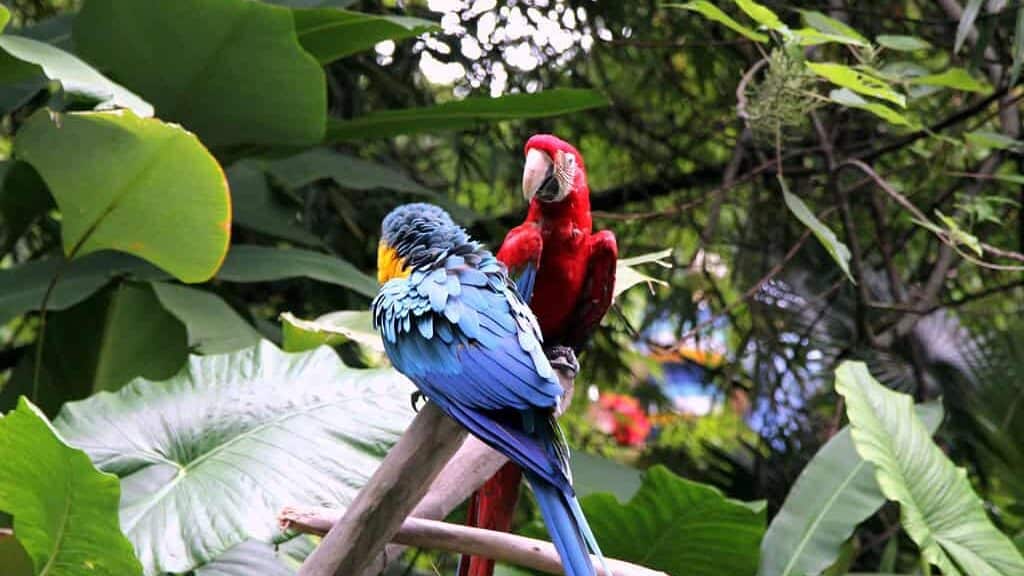
The ability of parrots to dance to music presents an intriguing evolutionary question: why would birds develop this capacity when it seems to offer no obvious survival advantage? Some scientists suggest that rhythmic entrainment might be a byproduct of the complex vocal learning mechanisms that evolved to enable sophisticated communication. Others propose that synchronized movement might have evolved as a social bonding mechanism, potentially important for species that form long-term pair bonds and complex flock structures. The capacity to process and respond to rhythmic patterns could also enhance the ability to navigate complex acoustic environments, helping birds distinguish important signals from background noise. While the evolutionary origins remain speculative, the shared capacity for rhythmic entrainment between humans and parrots – species separated by over 300 million years of evolution – suggests that certain neural mechanisms for processing temporal patterns may be more fundamental than previously thought.
Cognitive Implications of Dancing Behavior

The ability to dance to music demonstrates sophisticated cognitive processes in parrots. To synchronize movements with a beat requires predictive timing – anticipating when the next beat will occur rather than simply reacting to sounds. This form of temporal processing involves complex neural computations and working memory. Additionally, dancing parrots display selective attention, focusing on specific elements of music while filtering out others. The fact that parrots adjust their movements when tempos change indicates flexible cognitive control rather than fixed behavioral patterns. Some researchers suggest that dancing may indicate a form of abstract thinking, as the birds must mentally represent rhythm patterns that aren’t physically present in their environment. These cognitive abilities challenge traditional views about avian intelligence and suggest that certain aspects of music cognition may be more widespread across species than previously believed, opening new avenues for comparative cognition research.
Dancing as Enrichment for Captive Parrots
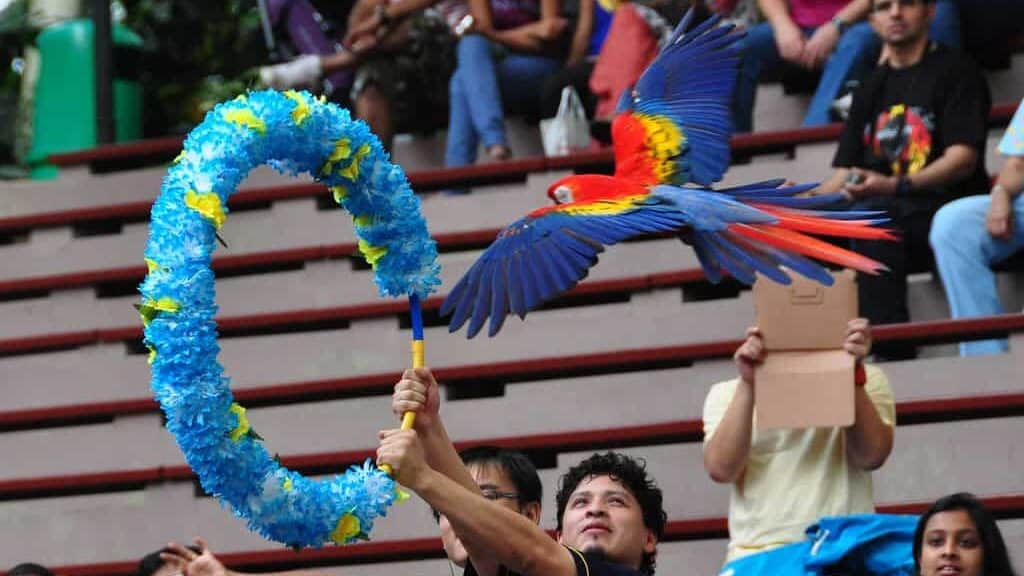
Beyond its scientific significance, dancing can serve as valuable enrichment for pet and captive parrots. These highly intelligent birds require substantial mental and physical stimulation to remain healthy in captivity. Musical engagement through dancing provides exercise, cognitive challenge, and emotional stimulation in an enjoyable format. For many parrots, dance sessions with their human companions also strengthen social bonds. Avian veterinarians and behavior specialists increasingly recommend incorporating music as part of a comprehensive enrichment program, especially for species prone to behavioral problems when understimulated. However, it’s essential to respect each bird’s preferences – some parrots may find certain music overstimulating or stressful. Owners should observe their birds carefully for signs of enjoyment versus discomfort and adjust accordingly. When properly implemented, musical enrichment can significantly enhance quality of life for captive parrots, potentially reducing problematic behaviors like feather plucking or excessive screaming.
Research Frontiers in Parrot Dancing

The study of musical perception and movement in parrots continues to evolve, with several exciting research directions emerging. Current investigations are exploring how the parrot brain processes rhythm, using non-invasive techniques like electroencephalography (EEG) adapted for avian subjects. Other researchers are conducting large-scale comparative studies across multiple parrot species to understand how dancing abilities vary and correlate with other cognitive and social traits. Some laboratories are investigating whether dancing parrots perceive music’s emotional content, responding differently to happy versus sad compositions. Additionally, longitudinal studies are tracking how dancing behaviors develop in young parrots, seeking to understand whether there are critical periods for acquiring this skill. The intersection of artificial intelligence and animal behavior studies is also yielding new methods for quantifying and analyzing dance movements with unprecedented precision. These research frontiers promise to shed light not only on parrot cognition but also on the broader evolution of musicality across species.
The phenomenon of parrots dancing to music they enjoy reveals remarkable cognitive and perceptual abilities in these birds that were once thought unique to humans. Through scientific study and careful observation, we’ve discovered that this behavior isn’t just mimicry but represents genuine rhythm perception, musical preference, and the coordination of movement with external sounds. The connection between vocal learning and dancing abilities supports evolutionary theories about how complex communication and rhythmic processing may share neural foundations. For pet owners and bird enthusiasts, understanding parrot dancing provides valuable insights into providing appropriate enrichment and recognizing signs of well-being. As research continues to advance, dancing parrots remind us that the capacity for music appreciation may be more widespread in the animal kingdom than previously recognized, prompting us to reconsider how we define and understand musicality itself.
- 10 Amazing Animals You Can Only Find in the United States - August 15, 2025
- 10 Times Tornadoes Flattened Entire Towns in the Midwest - August 15, 2025
- 13 Dog Breeds That Could Survive in the Wild - August 15, 2025

